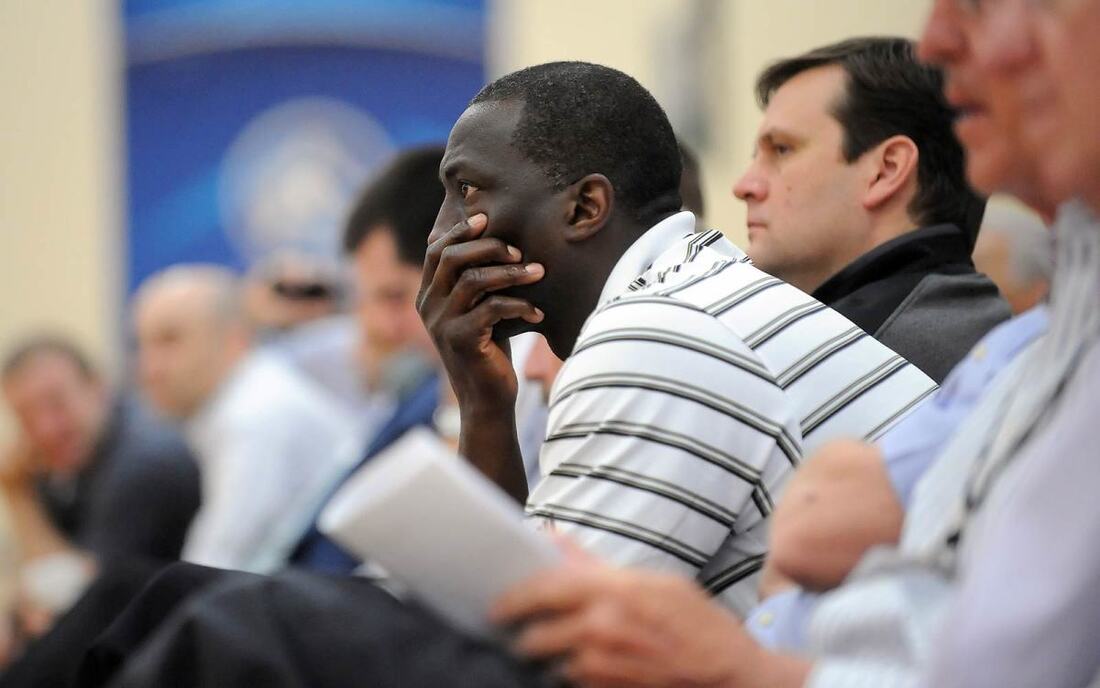|
This article is a facsimile of an earlier publication on The Basketball Writers (TBW), which recently closed its doors.
When I joined The Basketball Writers this Fall, I was excited about entering a space that was craving change to the current landscape of analysis. Most of the free and oversaturated content is structured the same way, designed for heavy clicks—catchy but frequently unsubstantive content and cut from a cloth that the everyday consumer can understand.
Taking highly difficult topics and elegantly explaining them to the masses is an art form completely bulldozed by an instant gratification model that values a simplistic one-size-fits-all approach to analysis. Perhaps no NBA niche online is more heavily affected by groupthink and over-simplicity than the NBA Draft. Coverage leading up to the draft sees mock boards all heavily influenced by one or two experts who drive the conversation while offering brief one-or-two sentence bites as to a player's "strength", "weakness" or "upside". We still see antiquated terms such as "power forward" or "center" all over the place, and rarely attempt to color outside those lines. We view the draft as an opportunity to meet the next NBA stars without actually understanding their path, background or previous situation. ​Through the next eight weeks, we are aiming to change that narrative at The Basketball Writers. I am excited to help anchor our draft coverage, and in doing so, want to provide a few rules and guidelines that help understand some of the most important nuts and bolts of scouting in a modern and changing NBA. Combining a few front office insights I have gained with my own scouting tips learned on the collegiate recruiting trail, here are my so-called Ten Commandments of talent evaluation:
0 Comments
|
AuthorAdam Spinella, Head Boys Basketball Coach, Boys' Latin School (MD) Archives
September 2021
Categories |

 RSS Feed
RSS Feed
